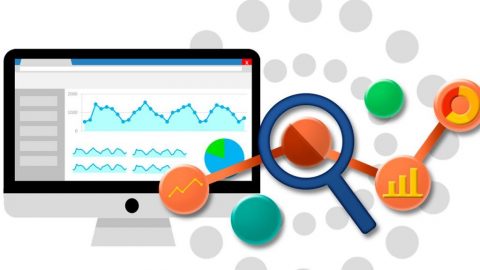
Illustration (Source: Internet)
In this section, we will continue to explore the remaining 2 steps in the analysis phase of DMAIC, namely Graphic Analysis and Statistical Analysis.
Graphic analysis:
The next step involves using the tools and techniques associated with the Analysis phase. Most of these tools end up with a graphical map. The next step in the process is to understand the diagrams from problems found after analyzing the process map. This is done to minimize costs instead of having to conduct analysis, statistics and collect a lot of data on a large scale in practice.
The benefits of graphical analysis:
Graphical analysis helps to summarize the characteristics of the data at the heart and to ensure efficiency.
Graphic analysis tools:
Statistical analysis:
Statistical methods are defined as the use of collected data and quality standards to find creative ways to enhance products and services. Statistics include inference techniques based on tabulation, representation, and identification of attributes of a set of data sets.
Benefits of statistical analysis:
Statistical analysis tools:
Conclude
The Analytical phase is often not focused enough to create an effect. Without analysis, we tend to seek solutions before knowing the true cause of the problems. Analysis is the most important of all 5 phases of DMAIC. The ideal analysis is for teams to study potential root causes and develop hypotheses about why such problems exist, then perform them to prove or reject the assumptions that have been given.
Analysis can take many forms. Some Six Sigma projects tend to use lots of diagrams and spreadsheets, while others are more about discussion and listing. The right method is the one that best fits your team, it’s important that the end result is successful.
Productivity and Quality Office